
Reflections from Judy, September 2022
I hope this email finds you well. I’ve been thinking a lot about climate change of late and want you to know how much I appreciate you.
I’ve been fortunate to spend a week away, at one of my favorite places.
I’m looking out the window, watching the tide go out from Swan’s Island, Maine. There’s an eagle that periodically flys by. The lobster boats putter past. And the soft, rhythmic flashing of the lighthouse across the cove blinks in the fog.
It’s hard to know, sitting here, that Maine is experiencing some of the fastest warming from climate change in the world. Yet there are signs for those who look around.
That’s true throughout the country. We can see the growing impact of climate change if we slow down and look around us, no matter where we live or where we go.
Sometimes land conservationists ask me why they should advocate for energy conservation efforts or find ways to link compatible renewables to their conservation work when they are so busy working to conserve the lands we all cherish.
It’s a valid question.
It’s a question that rests on a dwindling window of time to stop the climate pollution that is driving the extreme weather, and the related impacts that go along with it.
Natural climate solutions are of critical importance, yet over time, as the stresses increase on natural systems, their impacts will diminish — and plants and animals (as well as humans) will face increasingly challenging situations.
That’s why it’s encouraging to see the land conservation community begin to help their communities recognize that compatible renewable energy and energy conservation is central to their commitment to long-term conservation work.
With the passage of the Inflation Reduction Act, there is an opportunity for land and water conservationists, and those who care, to team up with renewable energy groups to make it support farm viability rather than blanket the landscape in solar and taking that land out of production.
The timing couldn’t be better as the window for meaningful action could impact those we care about for generations to come.
Best,

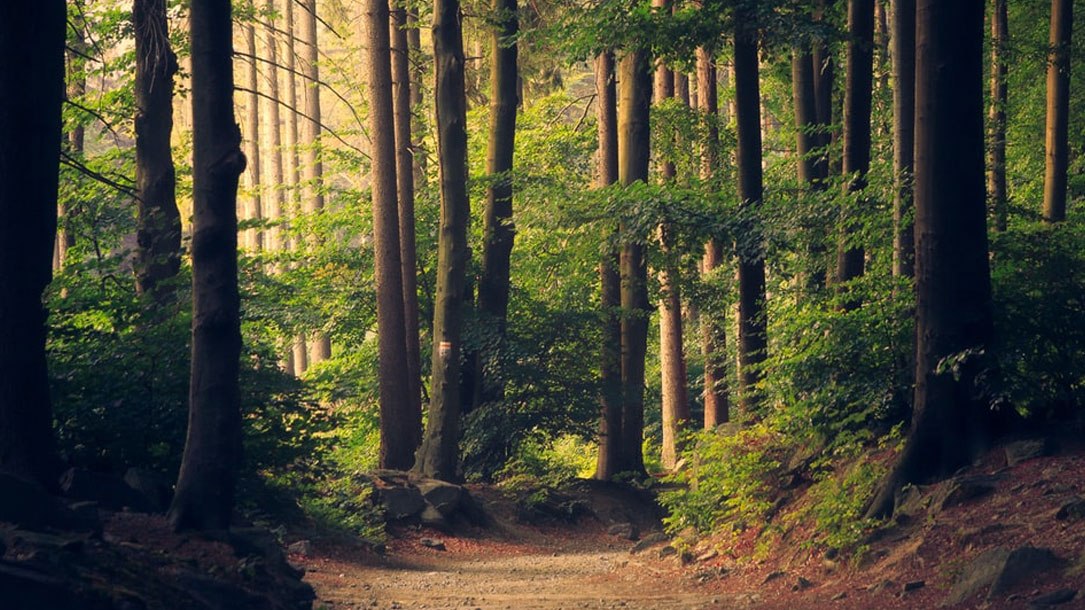
Reflections from Judy, August 2022
Have you been following what the new Inflation Reduction Act means for your region, your climate change work, and local and regional conservation efforts?
As land trusts increasingly think about how they can amplify the importance of slowing down climate change, including supporting energy conservation and compatible renewables, this new legislation is worth a look.
That’s true for its impact on nature-based climate solutions, too.
I think you’ll find this article from the Bipartisan Policy Center helpful in summarizing the funding sources and strategies within the bill.
Our next challenge will be to figure out how the funding is distributed, including how conservation groups and communities can tap into these funds in a timely manner. You may want to contact your legislative leaders to let them know how important these funds are to the change you are working towards — and while you’re talking to them, inquire as to how that can happen ASAP.
This is potentially a game-changer. Now we need to make sure we are part of the “game.”
Best,

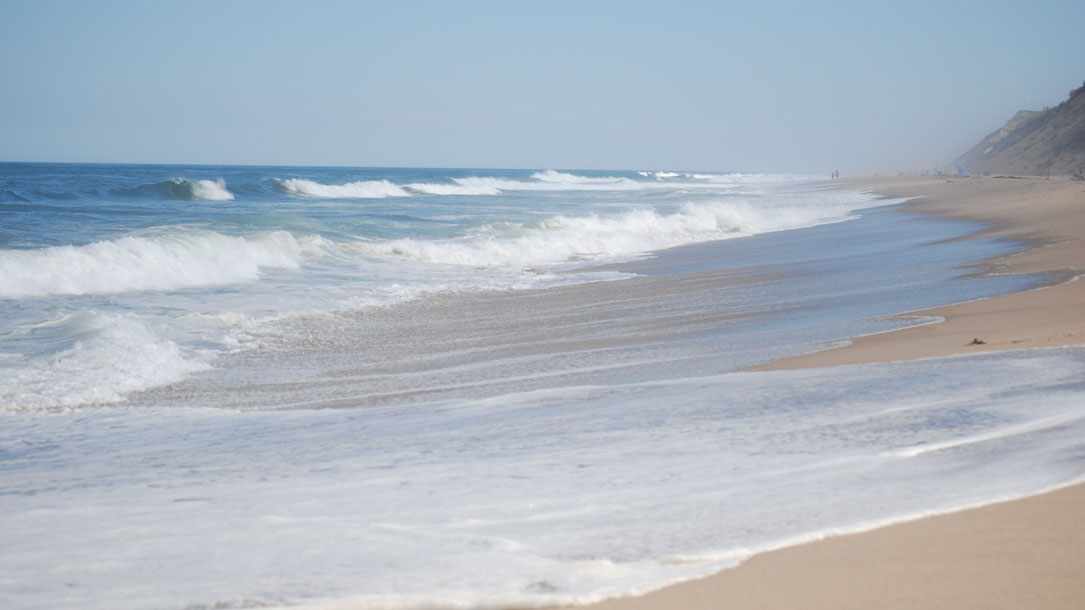
Reflections from Judy, June 2022
How have you been experiencing a changing climate of late?
For me, this past May was notable for a number of reasons. I traveled to New Mexico to be part of the Land Trust Alliance training team for executive directors. This was the first time in two-and-a-half years that I had flown. It was, as you might expect, a semi-nightmare as extreme weather caused flight cancellations. It took me almost 36 hours to reach Santa Fe.
Fires were raging, with hundreds of firefighters staying in the area. Every time we saw a firefighter we thanked them.
Then, there was the announcement, per The New York Times, that “the concentration of [carbon dioxide] gas reached nearly 421 parts per million in May, the peak for the year, as power plants, vehicles, farms, and other sources around the world continued to pump huge amounts of carbon dioxide into the atmosphere. Emissions totaled 36.3 billion tons in 2021, the highest level in history.
“As the amount of carbon dioxide increases, the planet keeps warming — with effects like increased flooding, more extreme heat, drought, and worsening wildfires that are already being experienced by millions of people worldwide.”
Oy. And that’s just two of many revelations.
There are those who throw up their hands and say, “Whatever…” And I know it’s overwhelming and often frustrating.
I too wonder what difference I am making. Yet we can’t give up.
We have a moral obligation to work together to transition to compatible renewables and find climate solutions that will support the lands, waters, communities, and people we love. We have a window of time to lead, to recognize that old paradigms of what it means to be a land conservationist, or a community member, are shifting.
There is urgency. And there are solutions. There is funding. And there’s opportunity. We just need to knit them together.
Best,


Reflections for land trusts, late March 2022
I hope this email finds you well. I continue to grapple with the climate news, the war in the Ukraine, and how they are actually linked.
I don’t know if you’ve been following this line of thinking, but there’s a lot of data on what this means.
There is also the realization that we can turn this around. Check out this post, “Feed People, Power Economies, Foster Peace with Agrivoltaics.”
At a time when it’s important to lean in, and provide hope, land trusts are providing a bright spot in climate action. Many are embracing natural climate solutions, including regenerative agriculture, prairies, older growth trees, and restoration.
Others are realizing that without energy conservation and renewables, those natural climate solutions are increasingly at risk. As a result, they are talking about the importance of well-designed, and scaled, renewables and the dual benefits of land conservation. That’s leadership — because conservation folks haven’t historically seen the urgency of renewables.
There’s recognition that urban, suburban, and rural conservation efforts are intertwined with climate action. Local conservation, and local energy, is now something that can — and should — work together. The saying, “Think globally; act locally,” has a new ring to it in the face of war.
The examples below capture some of this three-pronged approach to climate action: natural climate solutions, energy conservation, and renewables.
That’s very hopeful.
Best,

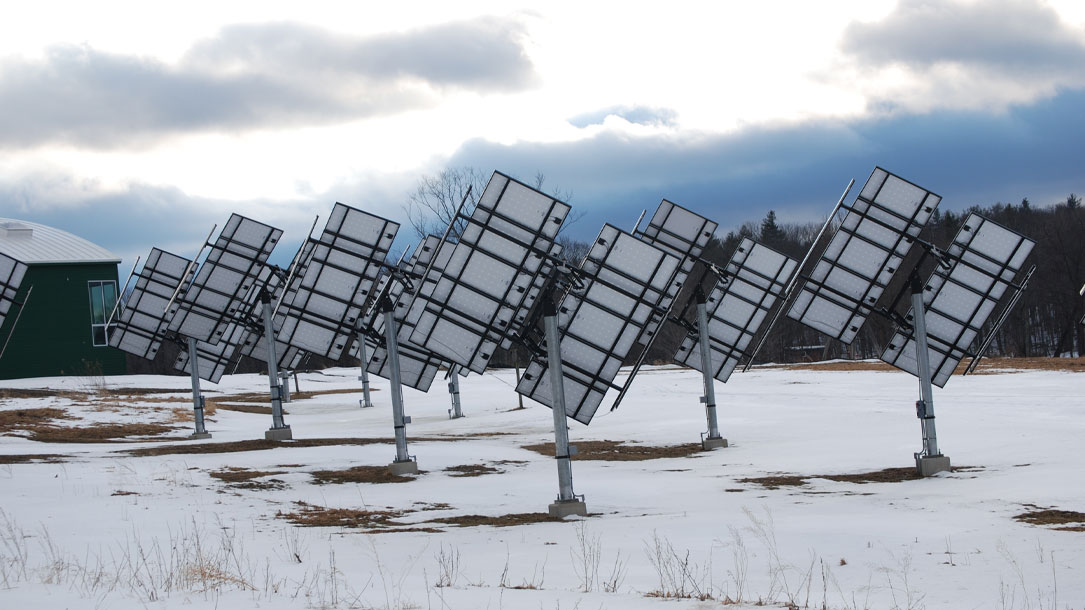
Reflections from Judy, March 2022
Good morning. There has been so much recent press about new climate changes, including an important study, that it was hard to choose what to include for you this week.
I’ve decided to provide you with a variety of articles so you can skim to find what is of interest to you.
The first is a new study that’s stating what you already know. As noted in The New York Times, “the dangers of climate change are mounting so rapidly that they could soon overwhelm the ability of both nature and humanity to adapt, creating a harrowing future in which floods, fires, and famine displace millions, species disappear, and the planet is irreversibly damaged, a major new scientific report has concluded.”
Ack. That’s enough to send me running for the woods.
So, what are we to do?
Stay focused. Stay hopeful. Be creative. And be honest. And don’t give up.
Encourage your local land trust to start exploring how dual-use solar, and elevated solar, can help with farm viability, soil health, and water management. Elevated solar can help with dairy and cattle stress, and erratic markets, too. You already know about solar grazing — and growing crops.
Encourage your local community, and statewide representatives to understand that dual-use solar can help with pollinators — at a time when there is a national crisis due to lack of habitat and pesticides, and climate stress.
Show folks what the future could be — and don’t settle for solar with the sole purpose of producing energy. Gound-mounted solar energy is critical, but it can, and should, be dual-use.
The good news is that there’s lots of evidence that we can make the shift.
Let’s show communities and policy leaders that we can be responsive, creative, and realistic in our efforts to find solutions that will slow down climate change, now, while simultaneously working to enhance the land, waters, and places we love.
Best,

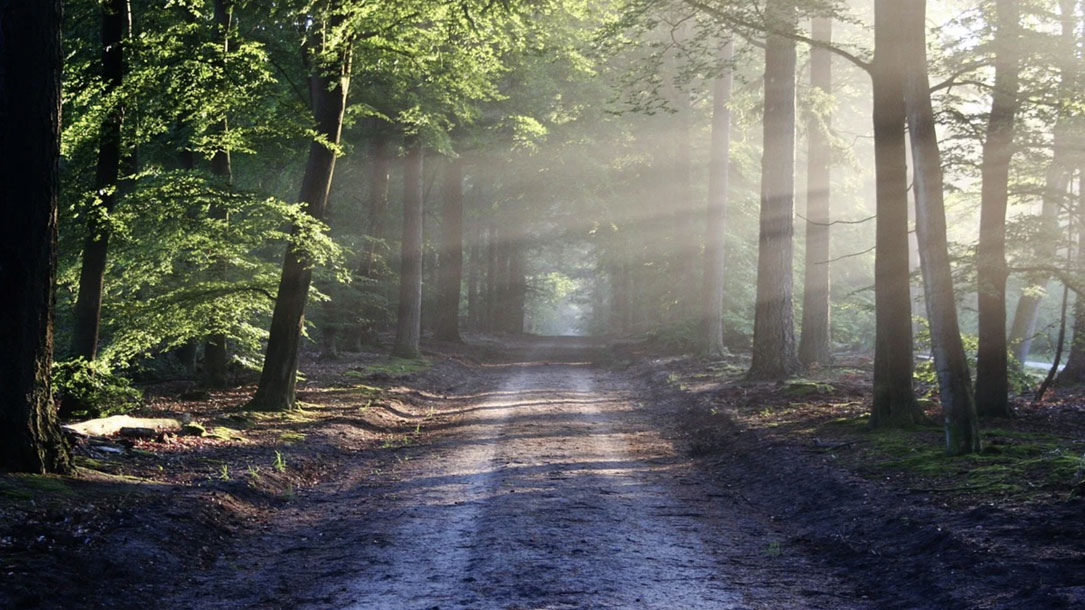
Reflections for land trusts, March 2022
With all that’s going on in the world, I’m looking for hope in humanity.
Land trusts are partnering with others to help be part of that change and the examples below show that their creative solutions and ideas are working.
Perhaps you’ll find their work inspiring as well.
Thanks for caring.
Best,


Reflections from Judy, February 2022
Good morning.
There’s a lot of interesting research related to the impacts of climate change on land and water — and there are some good insights on how natural climate solutions, coupled with renewables, can help slow them down.
Top of mind, of course, is talking about both the challenge of climate change and the solutions that are here — now — to slow it down. That perspective is increasingly important as we also recognize that pollinators are stressed by lack of habitat, pesticides, extreme weather, and now pollution.
Given the critical nature of pollinators, and their ongoing significant decline, there is an opportunity to talk about the benefits of prioritizing their survival as it relates to human health and well-being as well as the overall landscape.
I thought you’d appreciate the map below related to “Good News” and habitat restoration efforts. The article clarifies how to use the map, and some of the caveats, but it’s an interesting bit of data for you.
Thanks for caring, and for helping to shift the paradigm so that people understand that climate action needs to be now, and that nature and farms need well-designed renewables for their survival.
Best,


Reflections for land trusts, February 2022
Happy Groundhog Day.
Whether we will face an early spring or an extended winter, frankly, in defense of groundhogs everywhere, the weather is increasingly hard to predict :-).
We know that climate change is making extreme weather more frequent, while at the same time making “regular” weather more erratic. The impacts on plants, animals, and communities are now widespread, contributing to farming and ranching stress as well as the sixth extinction that is human-driven (here’s a short article about it, and a book you might like).
That’s why one of the goals of the monthly Land Trusts Taking Action (to slow down climate change) issue is to elevate the good work land trusts are doing — and inspire others to follow. It’s not always easy to find these examples, but they’re out there, as you will see below.
Land trusts are recognizing that ramping up the pace of conservation in a changing world is central to the long-term survival of those lands, and the communities that rely on them. So too, folks like you and I are realizing that we need to model the behavior we wish to see — and keep learning, adapting, and sharing new information as it relates to climate action.
If you want, email me your thoughts about the types of efforts you’d like to see land trusts doing more of — and I’ll specifically look for those examples. Thanks for caring.
Best,

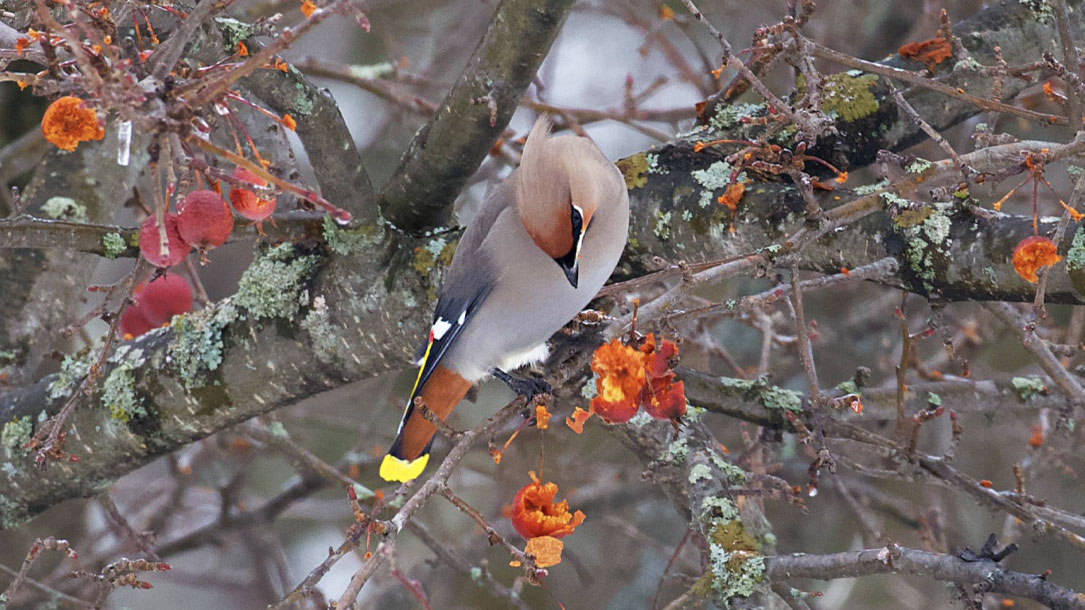
Reflections from Judy, January 2022
I hope this email finds you healthy and rested after the New Year.
I decided to refrain from sending out this climate eNews in December because I was sensing that so many of us were just plain exhausted. With the virus stress growing, and the climate news making it clear that we need to get off fossil fuels more than ever, I just hit “pause.”
It’s times like these that your voice is more important than ever. All over the country, people are seeing the impacts of climate change. Extreme weather continues to pummel communities, and the things people cherish are increasingly at risk.
So what can we do? Talk about the problems, the solutions, and the opportunities for change.
Natural lands, farms, ranches, and communities are increasingly stressed by extreme weather and the related consequences. Yet they are also part of the solution.
We need to ensure people understand that natural climate solutions are dependent to a large degree on keeping climate polluting gases under control — or nature can’t function effectively, and the Sixth Mass Extinction will run out of control. That’s why explaining that nature needs renewables — and that there are thoughtful, compatible ways to install renewables, is more important than ever.
Check out the examples below — and share the ideas. Working together to help people see the interrelated solutions is what 2022 is all about.
Best,

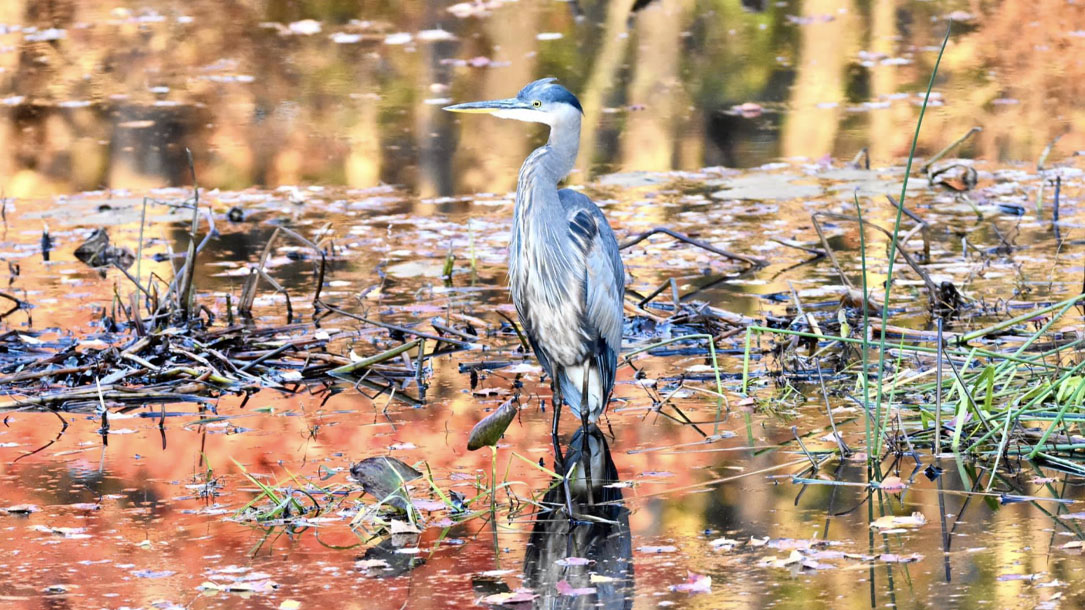
Reflections from Judy, November 2021
I’m hoping you will be able to take time this week to reflect on what you care about — and how climate change may be impacting it.
I say that not to discourage you, but rather to consider how we can help others see the importance of acting now in an integrated manner.
If you are wondering how you might connect with others around climate change, Dr. Katharine Hayhoe’s recent talk (below) could be a source of inspiration for you. It’s a fun conversation — and easy to watch.
Likewise, the video from Good Morning America at the end of this eNews is hopeful. The short video features farmers (west coast and east coast) who are farming with an eye towards regenerative agriculture and natural climate solutions (like increasing soil health) to enhance their profitability and resilience. They also recognize these farming practices will help slow down climate change.
That’s one of the reasons why dual-use solar is increasingly recognized as a way to accelerate climate “mitigation” (slowing down) while enhancing farm and ranch viability, soil health, and water management.
For many people in the conservation field, as well as community members, this perspective and the supporting data require a paradigm shift.
That’s why I thought you might appreciate the upcoming Solar and Wildlife/Natural Resources Symposium from December 1st – 3rd. It’s remote; they will share recordings after the sessions if you are busy during that time.
There’s a very interesting mix of speakers and topics. American Farmland Trust, Defenders of Wildlife, U.S. Fish & Wildlife Service, National Audubon Society, and American Solar Grazing Association are presenting, to name a few.
I have signed up and plan on watching the recordings. Would you like to join me?
Thank you for caring. Let me know what article or video resonates most with you. I’m thankful we are working towards change, together.













